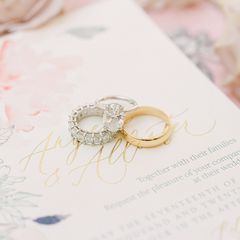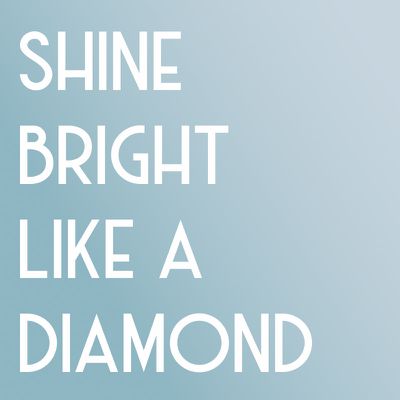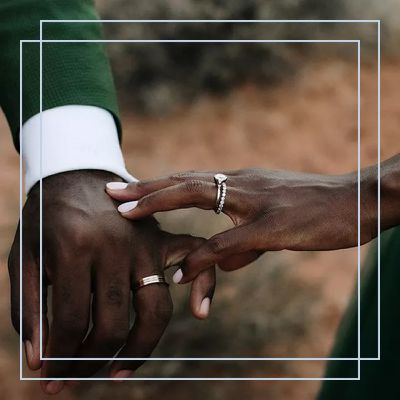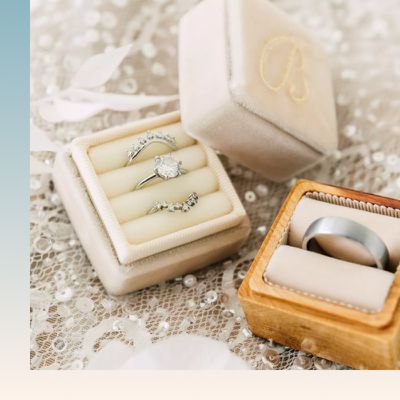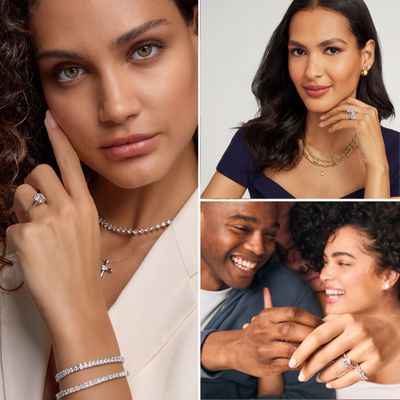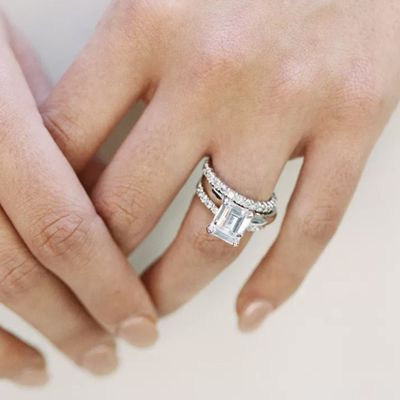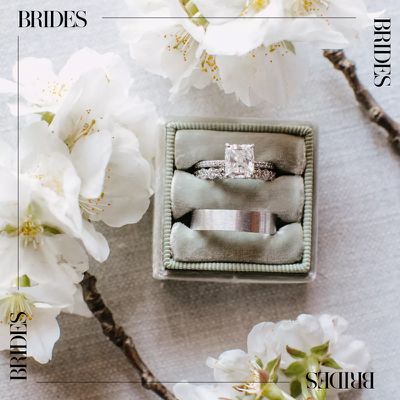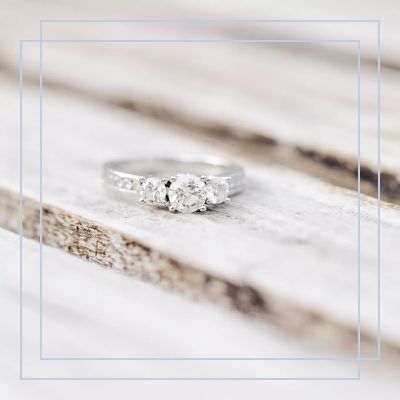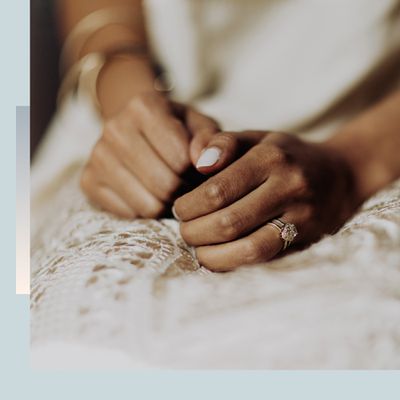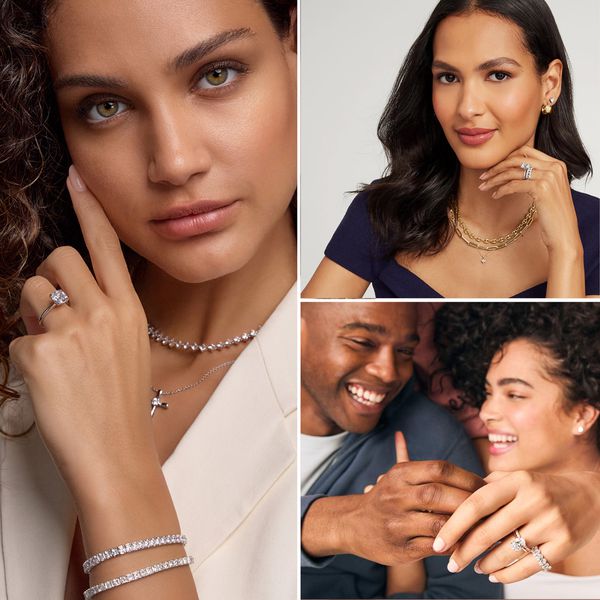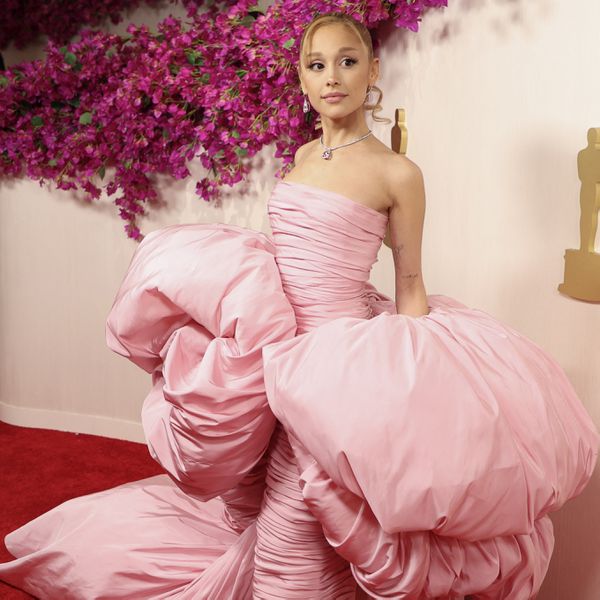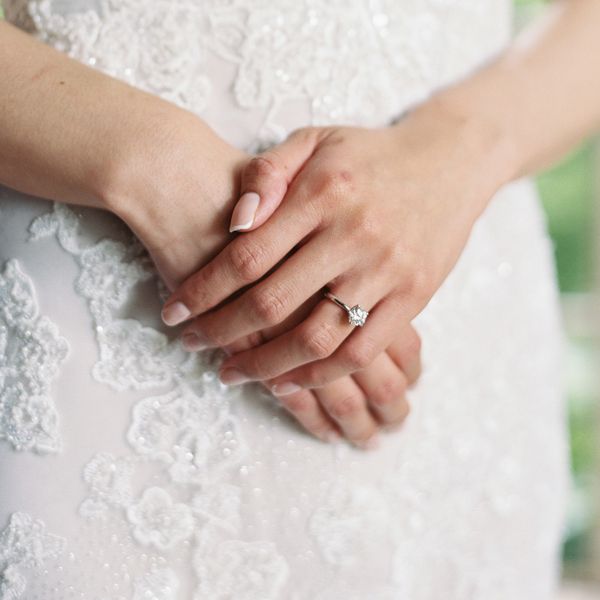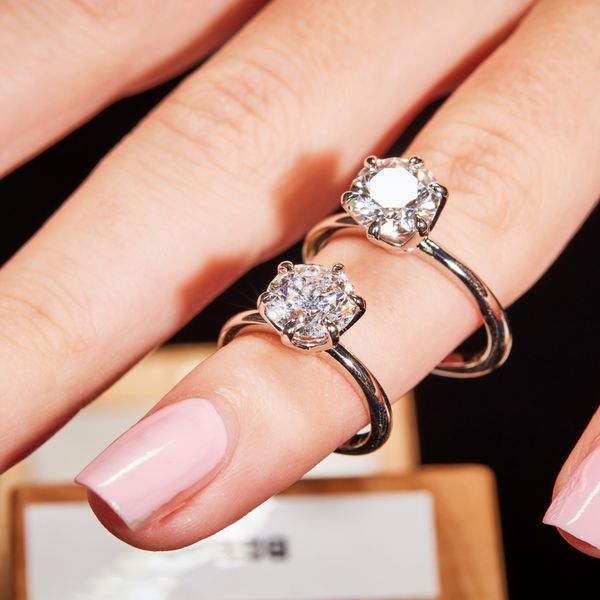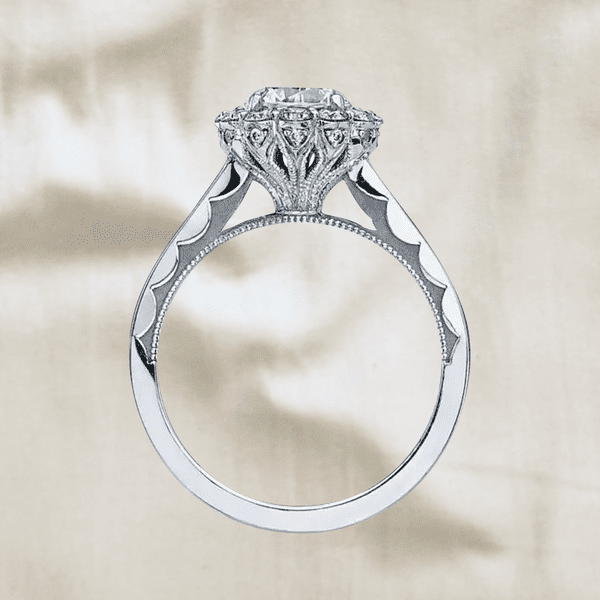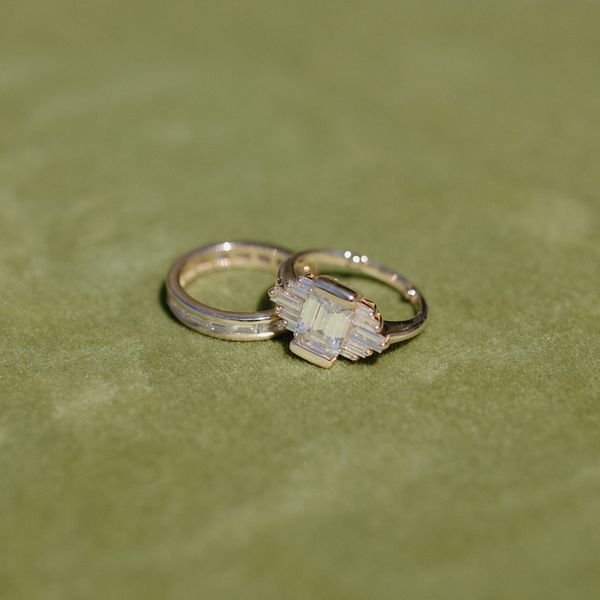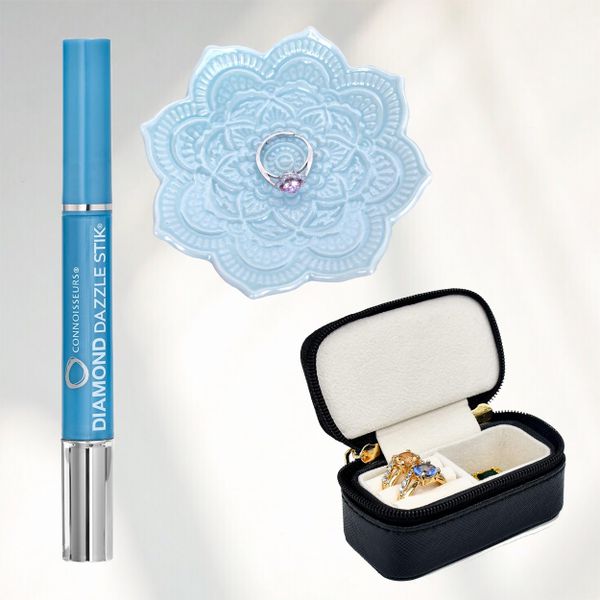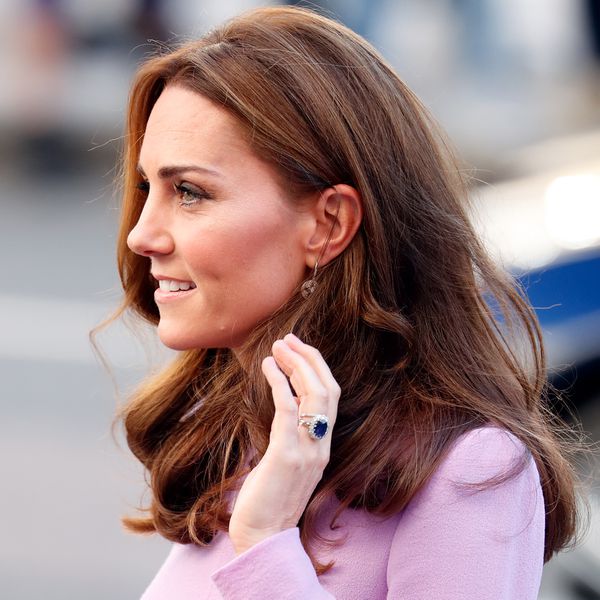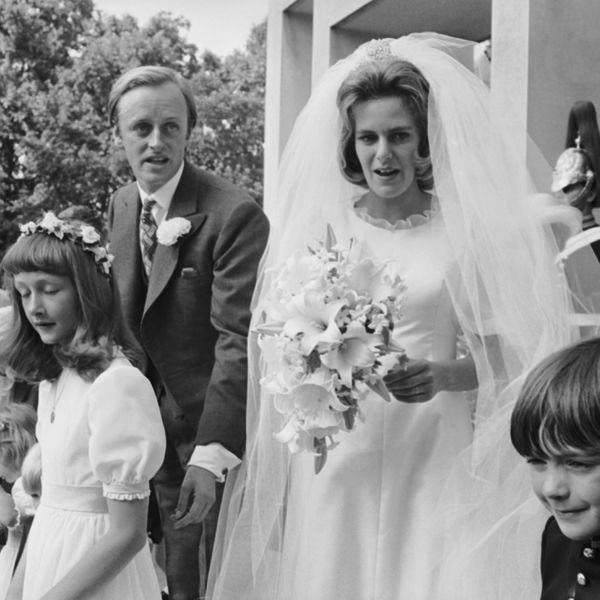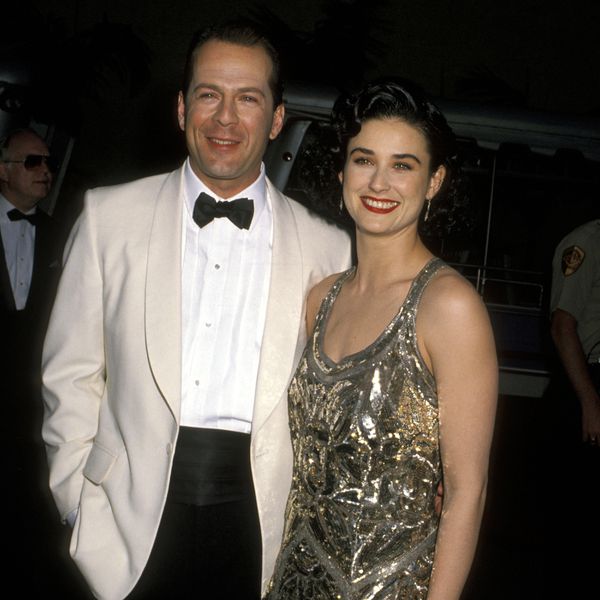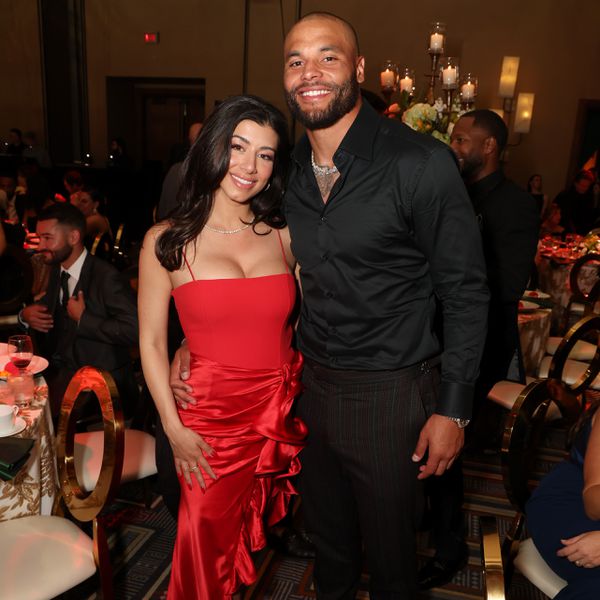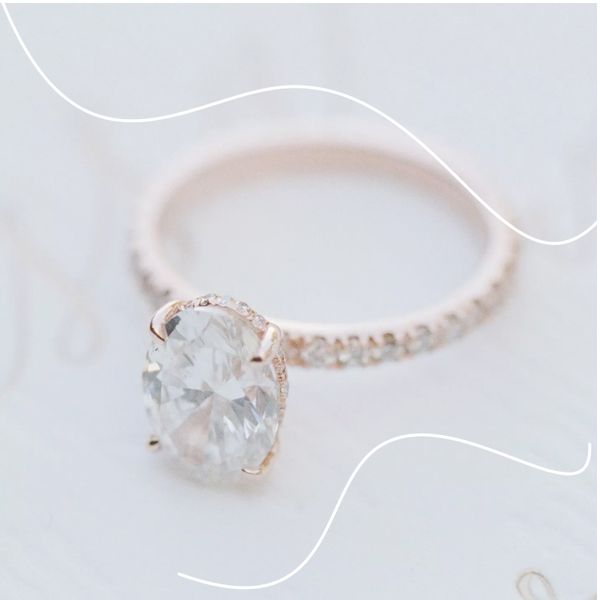:max_bytes(150000):strip_icc()/01-Engagement-Ring-Cuts-OLIVER-FLY-ab73868de0174830be0cfad6a47aff3d.jpg)
Photo by OLIVER FLY
It's safe to say that an engagement ring's center stone is the most striking wedding ring feature. Meaning, finding the perfect diamond shape when shopping for a forthcoming proposal should be at the top of everyone's priority list. But here's where things can get tricky: Between oval, marquise, Asscher, heart, and so much more, it can be hard to decide on an exact shape given the plethora of options available today. Before you get lost in the stressors of jewelry shopping, however, allow us to help you navigate through this experience and educate you on the most popular diamond shapes for engagement rings.
Our first tip? Before embarking on your ring-shopping journey, think about what's important to you when it comes to your wedding jewelry aesthetic. Do you like modern jewelry styles? Or, are you someone who frequents consignment shops for great vintage finds? You should also assess whether you want a ring that'll elongate the appearance of your fingers, or if you simply want a rock that'll look huge. Ultimately, the answers to these questions will help you land on the perfect diamond shape for your sparkler—one you'll love for the rest of your life.
So, whether you're in search of that "something new" or prefer a more vintage-inspired style, here are the 12 most popular diamond shapes for engagement rings to know.
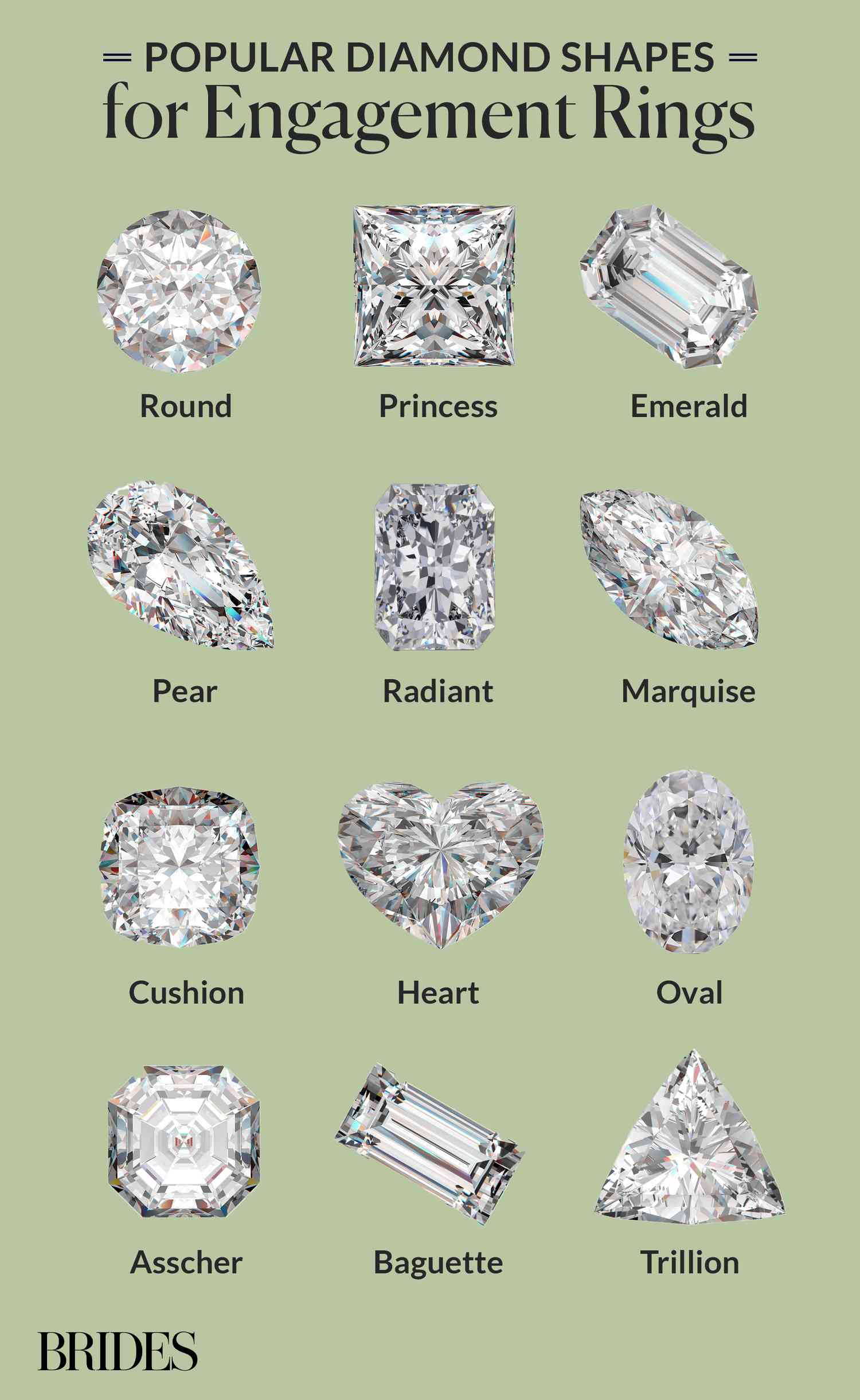
Brides / Photos by Getty Images
Round Cut
:max_bytes(150000):strip_icc()/3-intimate-maui-wedding-ring-rebecca-yale-photography-0124-82f5744a4171426883129d9dabbb6e52.jpg)
Photo by Rebecca Yale Photography
Round-cut diamonds are one of the most popular shapes out there, with most brides opting for this style when shopping for an engagement ring. They work well as solitaires, in two- and three-stone settings, and even in geometric settings for a more retro look—and they're perfect for those who love classic designs.
Princess Cut
:max_bytes(150000):strip_icc()/00056-CaludiaAlexWedding-b049823b8c5c4e4d99e558648e55b89b.jpg)
Photo by Erich McVey
If you want to feel like royalty on your big day, consider opting for a princess-cut diamond (another widely popular engagement ring style). The princess cut's versatile face-up shape—complete with square or rectangle sides—makes it a prime choice for nearly any ring style. The best part? You'll get a more modern and geometric look while still boasting a ton of brilliance—and they're generally much less expensive than the more popular round-cut stones.
Be sure to choose a protective setting, as princess-cut diamonds are known for chipping at the corners or falling out.
Cushion Cut
:max_bytes(150000):strip_icc()/cushioncut-c233cbbee92b4e97a6c0ac7a32c420fb.jpg)
Photo by Sasithon Photography
This exquisite cut is often compared to a pillow, thanks to its square-cut combination with rounded corners which, when combined with the shape's classic 58 larger facets, increases the stone's brilliance. This type of stone has recently surged back into popularity, emanating a total old-world aesthetic that's perfect for vintage settings. Keep in mind, however, that they do have a less intense sparkle than brilliant-cut diamonds, and though they look great in modern settings, they aren't the most contemporary.
Emerald Cut
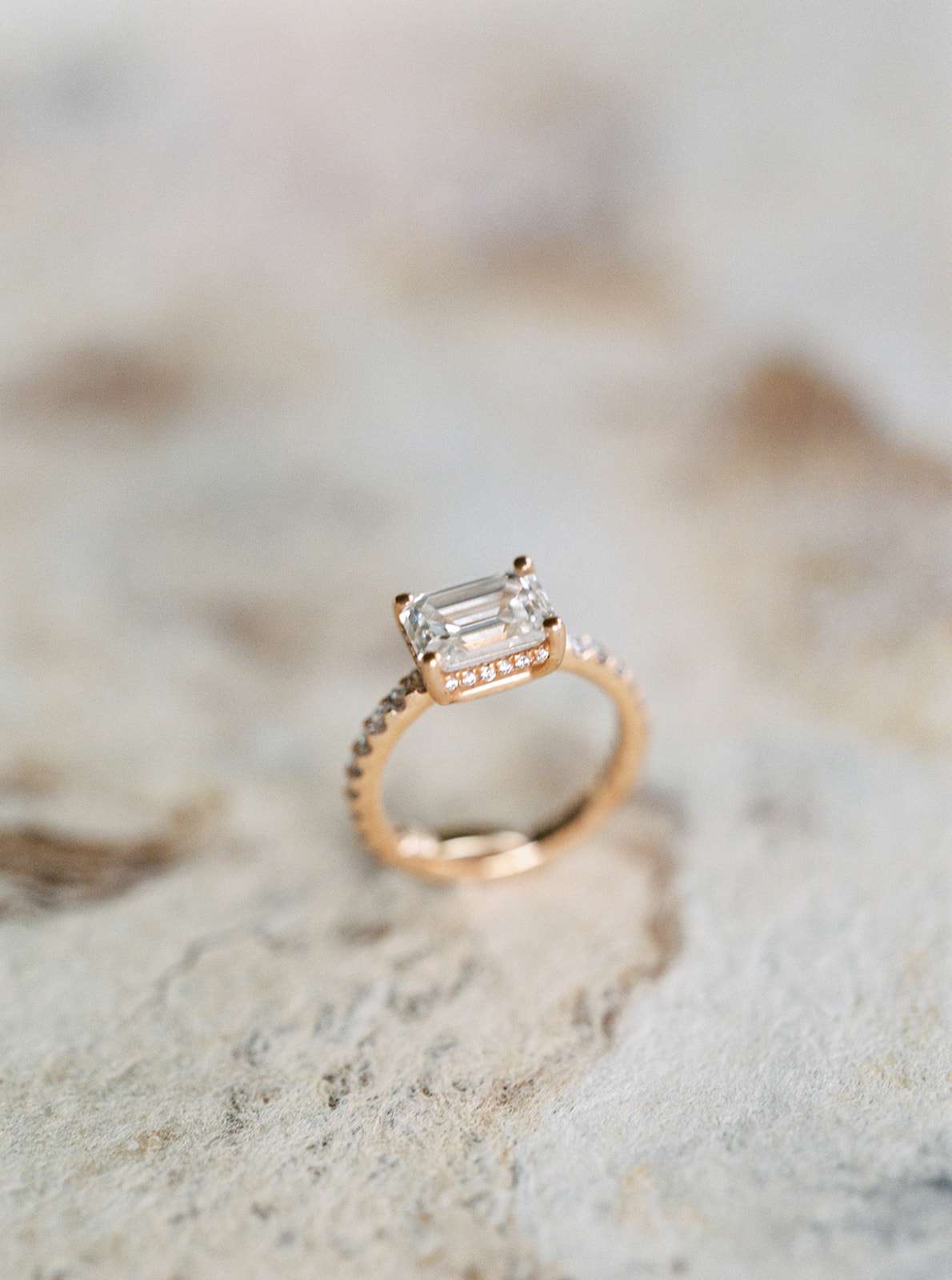
Photo by BrancoPrata Studios
Characterized by a rectangular step cut, an open table, and cropped corners, the emerald-cut diamond is often favored for its Art Deco aesthetic. While it has more of an understated sparkle—some like to call it a "hall-of-mirrors" effect—its long silhouette and angular lines capture the diamond's clarity, while dramatically catching the light. When set vertically, their shape helps fingers look longer and more slender, perfect for those engagement ring selfies. However, because it has fewer facets to distract from blemishes, clarity is of the utmost importance, as is color. It's also not a super flashy style, so if you're looking for a mega sparkler, it's not the shape for you.
Marquise Cut
:max_bytes(150000):strip_icc()/0037_JV206939-f3bce2d574104950ada7f869d4f09ffb.jpg)
PHOTO BY JOSE VILLA
Also known as the Navette cut, the marquise cut is popular for its regal feel. Its distinctive silhouette is marked by curved sides and pointed ends—an elegant football shape if you will. The long, narrow shape not only creates an illusion of greater size but elongates the finger when set vertically. (It also boasts a brilliant sparkle.) That said, due to its delicate pointed edges, there's a risk of chipping and breakage if the ring is not set properly. It also tends to show what's called a "bowtie" appearance across the center of the diamond; if the ring is not cut well, this can be very noticeable and is generally undesirable.
Oval Cut
:max_bytes(150000):strip_icc()/Sarah-Josh-krmorenophoto-17-c403aaeb2b53466ba407622d55994857.jpg)
Photo by K. R. Moreno
Essentially an elongated version of a round diamond, the oval-shaped stone can have just as many facets as a round-cut rock, which means it has the capacity to sparkle just as much. It's an elegant and out-of-the-ordinary choice, and its oblong shape can lengthen the finger. If not cut properly, though, it tends to have a similar "bowtie" effect as a marquise-cut stone and tends to show flaws and inclusions One way to combat this is to choose a salt-and-pepper oval-cut diamond so that otherwise unwanted inclusions become an essential part of your look.
Radiant Cut
:max_bytes(150000):strip_icc()/Engagement-Ring-Cuts-a153178f5f9247dbaad3cc3ef920ec1f.jpeg)
Courtesy of East West Gem Company
True to its name, a radiant-cut diamond—invented in 1977 by Henry Grossbard—catches the light in a big way. The shape mimics an emerald-cut stone, but the unique, deep-cut facets allow for extra sparkle. Those who don't want to stray too far from the classic shapes will appreciate this stone's timeless nature and bespoke spirit. On the other hand, if you desire a big-looking rock, the radiant shape may not be the one for you, as the deep cuts make the stone appear smaller. It's also quite rare, so you may not be able to find a wide selection of stones in this shape to choose from.
Pear Cut
:max_bytes(150000):strip_icc()/Belle_Mer_Wedding_-_Newport_Rhode_Island_by_Chi-Chi_Ari-50-08c6d564c93f44b7a771a7c345a10163.jpg)
Photo by Chi-Chi Ari Photography
The pear-shaped diamond (or teardrop), is a hybrid of styles that dates back as early as the 1400s. Taking its cues from both the oval and marquise, this unique shape is a perfect choice for vintage lovers who play by their own set of rules and think that two is better than one. Since more of the stone shows from the top view, pear-shaped diamonds tend to appear larger than they are, so if size matters to you, this cut is a great choice. Due to the shape's pointed tip, these rings work best in a bezel or half-V setting, as they're prone to chipping. They can also show inclusions and may be less-than-brilliant if not cut properly.
Asscher Cut
:max_bytes(150000):strip_icc()/0006Villa_mazzarosa_jewish_luxury_wedding_top_photographer1-6084b418487f40e2a608d856d7a0d92b.jpg)
Photo by Carla Penoncelli
The Asscher cut has been a favorite among the fashion-conscious crowd ever since Carrie Bradshaw modeled the style during her brief betrothal to Aidan Shaw on Sex and the City. Named after the jeweler who patented the design in 1902, the Asscher cut features an octagonal shape with 58 large step facets. Popular during the Art Deco period, its uniquely symmetrical geometric design still maintains radiance and sparkle. Since it doesn't have sharp edges, it's not prone to breakage, and it looks great in a variety of settings. This cut does, however, require you to invest in a high-quality diamond with lots of clarity, as it tends to show blemishes.
Heart Cut
:max_bytes(150000):strip_icc()/HeartShapedEngagementRing-5e347172c96c4278957ee15fd690cc21.jpg)
Photo by Sonju Photography
An eternal symbol of love, heart-cut stones aren't traditionally used as engagement rings—nor are they limited to Valentine's Day nuptials—but perhaps that's what makes them so special. For the hopeless romantic, this contemporary cut boasts a feminine shape that looks great as a solitaire on a simple band or in a more elaborate setting. Since it's a somewhat complicated cut, you may end up paying more for the labor that goes into creating the symmetry and brilliance that makes a heart-shaped stone shine. It's also regarded by some as a bit too trendy, so if you're looking for something undeniably timeless, this may not be the ring for you.
Baguette Cut
:max_bytes(150000):strip_icc()/DrielyS-77531-49e70e9ce6ce44d78bd5659816c68635.jpg)
Photo by Robin Harper
Another 1920s Art Deco-style cut, baguette diamonds feature a long, rectangular shape and 14 facets. Pictured here between the two gold bands, baguette diamond bands are great for those who have no interest in a flashy center stone. They are, however, most commonly used as accent diamonds on many engagement rings, namely three-stone designs. You can combine a large center stone with a baguette diamond on either side for a modern look. With these stones, clarity is important due to its few facets, as is the precision of the cuts.
Trillion Cut
:max_bytes(150000):strip_icc()/trillion-cut-engagement-ring-07811bc97df747599188bb2161f34cff.jpg)
PHOTO BY LAURA GOLDENBERGER PHOTOGRAPHY
Trillion-cut diamonds, originating in the Netherlands, are a popular choice for alternative individuals who want a ring unlike any other. They have a triangular shape with either rounded or pointed edges and a shallow cut that makes them appear larger than they are. Trillion-cut stones are great as accents or as the main stone on a three-stone ring, but they also look great as solitaires. Because of the sharp edges on most trillion-cut diamonds, they usually require a bezel or three-prong setting to avoid chipping. Though they aren't as brilliant as other cuts, they do have an elegant shine, making them a great choice for anyone seeking a middle-ground sparkler.
